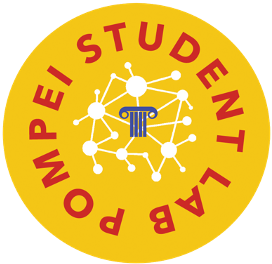project_description
Explore the docs »
View Demo
·
Report Bug
·
Request Feature
During the hackathon we performed analysis on data of an SSVEP experiment. SSVEP stands for Steady State Visually Evoked Potentials and it is a response to visual stimulation. This stimulation is performed at specific frequencies. In this particular experiment, the task was to distinguish between four different frequencies. The data we received contained two different patients that performed two sessions of recording each. In each recording, 20 attempts were done, 5 for each frequency. Our approach can be divided in two steps. First, we applied pre-processing steps on the data, to clean them from unwanted frequencies. These resources can be found in the "Pre-Processing" folder. Secondly, the feature extraction and classification has been performed.
To get a local copy up and running follow these simple steps.
This is an example of how to list things you need to use the software and how to install them.
- npm
npm install npm@latest -g
- Clone the repo
git clone https://github.com/github_username/repo_name.git
- Install NPM packages
npm install
The first steps require to clean the data from the unwanted frequencies. In particular, the preprocessing can be divided in the following steps:
- High pass Temporal filtering: it gets rid of slow drifts;
- Spatial filtering: we used Common Average Reference (CAR);
- Indipendent component analysis (ICA);
After that we segmented the data in smaller epochs and divided into the different classes.
For more examples, please refer to the Documentation
See the open issues for a list of proposed features (and known issues).
Contributions are what make the open source community such an amazing place to be learn, inspire, and create. Any contributions you make are greatly appreciated.
- Fork the Project
- Create your Feature Branch (
git checkout -b feature/AmazingFeature) - Commit your Changes (
git commit -m 'Add some AmazingFeature') - Push to the Branch (
git push origin feature/AmazingFeature) - Open a Pull Request
Distributed under the MIT License. See LICENSE for more information.
Arianna Di Bernardo - email : arianna.dibernardo@edu.unito.it - linkedin
Beatrice Villata - email : - linkedin
Martina Becchio - email : - linkedin
Simone Azeglio - email : simone.azeglio@edu.unito.it - linkedin
Gabriele Penna - email : gabriele.penna04@gmail.com - linkedin
Luca Bottero - email : luca.bottero192@edu.unito.it
Project Link: https://github.com/MachineLearningJournalClub/SSVEP_IEEE_SMC_2021











